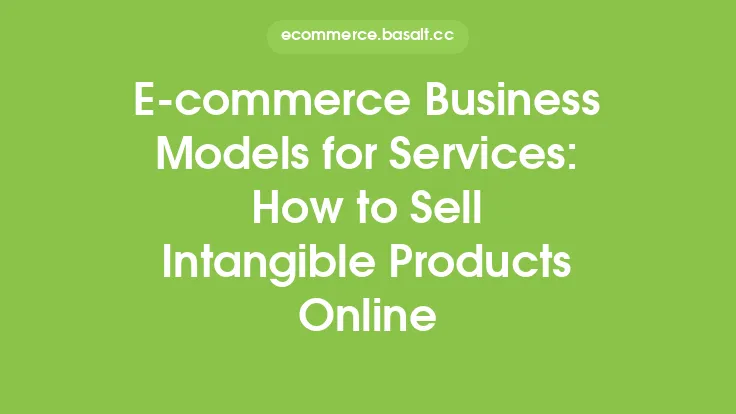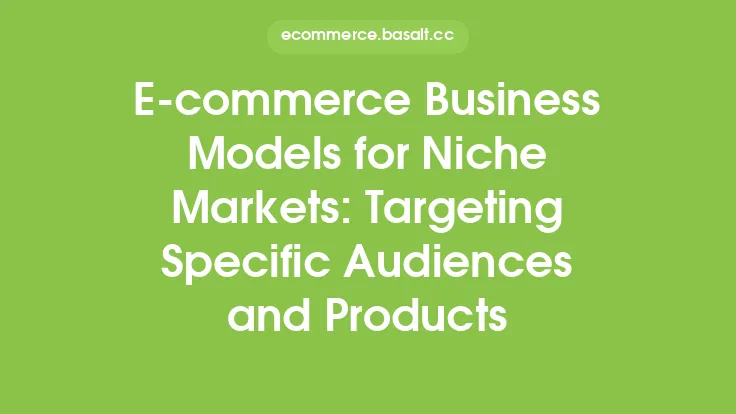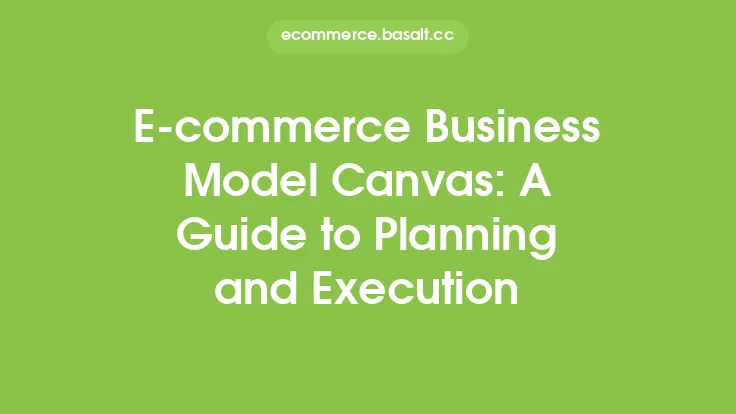The concept of offering free products and services to drive revenue may seem counterintuitive, but it has become a successful strategy for many e-commerce businesses. The freemium model, which combines the words "free" and "premium," involves providing a basic product or service at no cost, with the goal of enticing customers to upgrade to a paid version or purchase additional features. In this article, we will explore the ins and outs of freemium e-commerce models, including their benefits, challenges, and best practices for implementation.
What is a Freemium Model?
A freemium model is a business strategy in which a company offers a basic product or service for free, with the option to upgrade to a paid version or purchase additional features. The free version is often limited in some way, such as by the number of features, storage space, or support. The goal of the freemium model is to attract a large user base with the free version, and then convert a percentage of those users into paying customers. This model has been successfully used by companies such as Dropbox, LinkedIn, and Spotify.
Benefits of the Freemium Model
The freemium model offers several benefits to e-commerce businesses. One of the main advantages is that it allows companies to acquire a large user base quickly and at a low cost. By offering a free version of their product or service, companies can attract users who may not have been willing to pay for it otherwise. This can help to build brand awareness, drive word-of-mouth marketing, and create a network effect, where the value of the product or service increases as more users join.
Another benefit of the freemium model is that it allows companies to test and refine their product or service before investing in a paid version. By offering a free version, companies can gather feedback from users, identify areas for improvement, and make data-driven decisions about which features to include in the paid version.
Challenges of the Freemium Model
While the freemium model can be a successful strategy for e-commerce businesses, it also presents several challenges. One of the main challenges is that it can be difficult to convert free users into paying customers. If the free version is too robust, users may not see the need to upgrade to a paid version. On the other hand, if the free version is too limited, users may become frustrated and abandon the product or service altogether.
Another challenge of the freemium model is that it can be difficult to generate revenue. If the majority of users are using the free version, the company may not be generating enough revenue to sustain itself. This can be particularly challenging for companies that have high costs associated with providing the free version, such as server costs or customer support.
Best Practices for Implementing a Freemium Model
To successfully implement a freemium model, e-commerce businesses should follow several best practices. First, companies should ensure that the free version of their product or service is high-quality and provides value to users. This will help to build trust and loyalty with users, and increase the likelihood that they will upgrade to a paid version.
Second, companies should make it clear what features are included in the free version and what features are only available in the paid version. This will help to avoid confusion and frustration among users, and make it easier for them to decide whether to upgrade.
Third, companies should provide a clear and easy-to-use upgrade path for users who want to upgrade to a paid version. This can include prominent calls-to-action on the website, email marketing campaigns, and in-app notifications.
Examples of Successful Freemium Models
There are many examples of successful freemium models in e-commerce. One example is Dropbox, which offers a free version of its cloud storage service with limited storage space. Users can upgrade to a paid version for more storage space and additional features.
Another example is LinkedIn, which offers a free version of its professional networking service with limited features. Users can upgrade to a paid version for additional features, such as the ability to send messages to people outside of their network.
Key Metrics for Measuring the Success of a Freemium Model
To measure the success of a freemium model, e-commerce businesses should track several key metrics. One of the most important metrics is the conversion rate, which is the percentage of free users who upgrade to a paid version. Companies should also track the average revenue per user (ARPU), which is the average amount of revenue generated per user.
Another important metric is the customer acquisition cost (CAC), which is the cost of acquiring a new user. Companies should also track the customer lifetime value (CLV), which is the total value of a customer over their lifetime.
Conclusion
The freemium model can be a successful strategy for e-commerce businesses, but it requires careful planning and execution. By offering a high-quality free version of their product or service, companies can attract a large user base and build trust and loyalty with users. By providing a clear and easy-to-use upgrade path, companies can convert a percentage of those users into paying customers. By tracking key metrics such as conversion rate, ARPU, CAC, and CLV, companies can measure the success of their freemium model and make data-driven decisions to optimize it.





